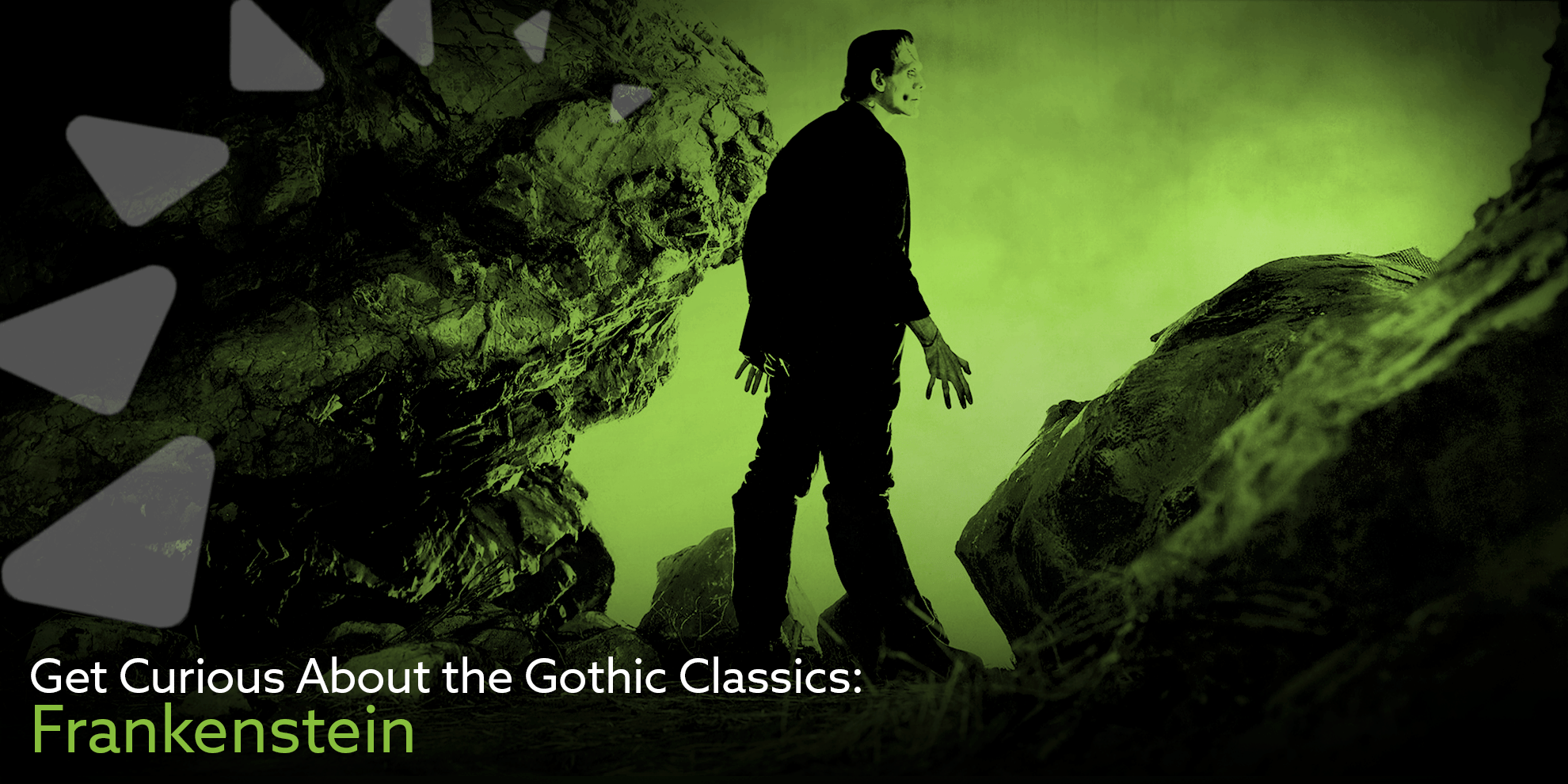
You’d be hard-pressed to find someone who hasn’t heard of Frankenstein, Dracula or The Phantom of the Opera. During this Halloween season, perhaps you’ve even seen some of these classic creepers on display.
What is it about these characters and their stories that hold our interest after 100 or even 200 years?
The original novels hold some clues. Let’s explore.
Frankenstein (1818)
To pass the time during a dark, rainy summer, 18-year-old Mary Wollstonecraft Shelley agreed to swap ghost stories with her friends. She writes, opens a new window, “I busied myself to think of a story... one which would speak to the mysterious fears of our nature, and awaken thrilling horror.”
And thus, Frankenstein: Or, The Modern Prometheus was born.
Many of us are familiar with the vague shape of the story. We might know Dr. Victor Frankenstein robs graves and assembles the clumsy shape of a new person. We might know that Frankenstein is thrilled and horrified when he succeeds in bringing “the creature” to life. And we might also know that Frankenstein’s monster goes on to cause murder and mayhem, even when it seems he doesn’t mean to.
However, you might not know that Dr. Frankenstein doesn’t awaken his creature with the power of lightning. In Shelley’s novel, he is fearful that others will repeat his mistakes and never reveals the “secret of life” he’s discovered. He is too horrified by the breathing reality of his creation, even before the creature kills. While our curiosity might mirror Victor’s, the forces of inspiration and creation remain, to us at least, a mystery.
You might also be surprised to learn that Frankenstein’s monster eloquently narrates his own story. Abandoned by “his father,” Victor, he learns about people through observation and reading and wants to understand whether he can join the happiness he sees. And, as curious as his father, he wonders, “Who was I? What was I? Whence did I come? What was my destination?” In other words, “Why was I alive?”
All the way here in 2022, Shelley’s novel remains worth reading not just because it holds a warning about scientific ambition gone wrong but also because she succeeded in speaking to “the mysterious fears of our nature.” When does the urge to learn and create—to have children, opens a new window, make art, tell stories, innovate technology—to live examined lives—make us human? And when might it make us monstrous?
Find Frankenstein in our collection!
Contemporary Works That Share Themes With Frankenstein
And, if reading a 200-year-old book on your own feels intimidating, why not explore Frankenbook, opens a new window, a collaborative reading experience?


Add a comment to: Get Curious About the Gothic Classics: Frankenstein